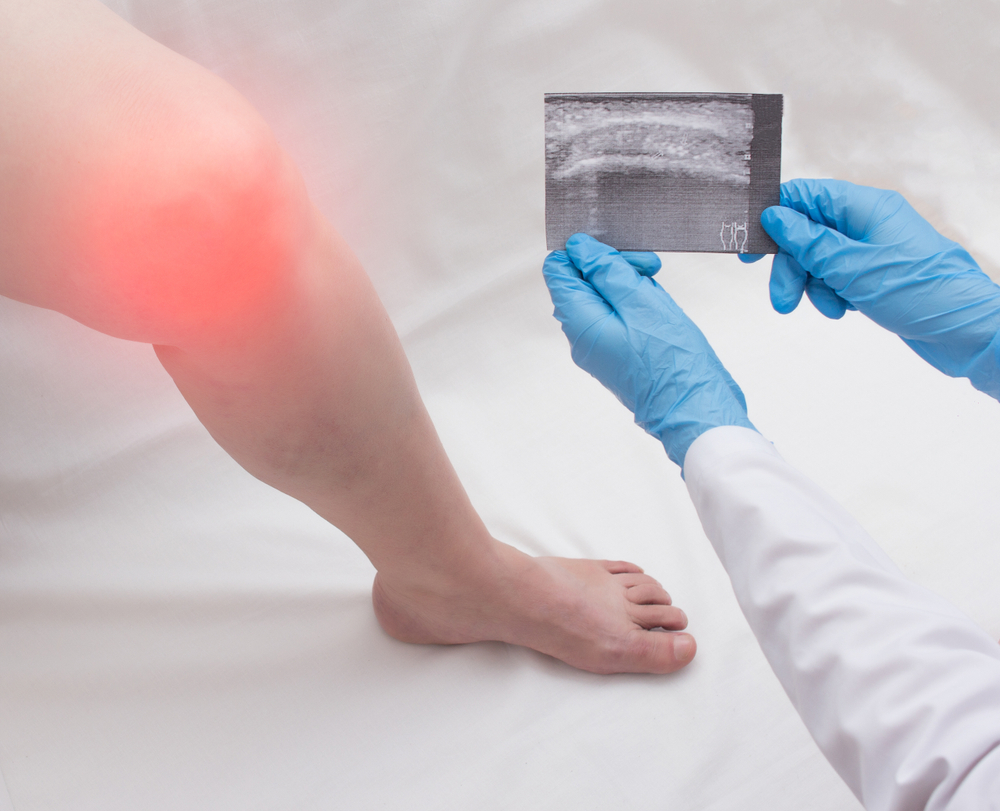Knee bursitis is a type of inflammation that affects the bursa, a small sac filled with fluids that are located near the knee joint, hence the name of the disease. The said bursa helps in friction reduction and cushions the pressure in most joints, mostly near the points wherein the bone meets with the tendons, muscles, and the skin.
Inflammation may occur on any bursa on either knee, wherein the disease usually affects the kneecap first. Sometimes, it can also affect the inner side of the knee, commonly below the said joint.
Affected patients have their mobility severely affected and they may suffer from severe pain in the knee area. Luckily, various forms of treatment are available for this disease to help patients alleviate pain and inflammation on their affected knee.


